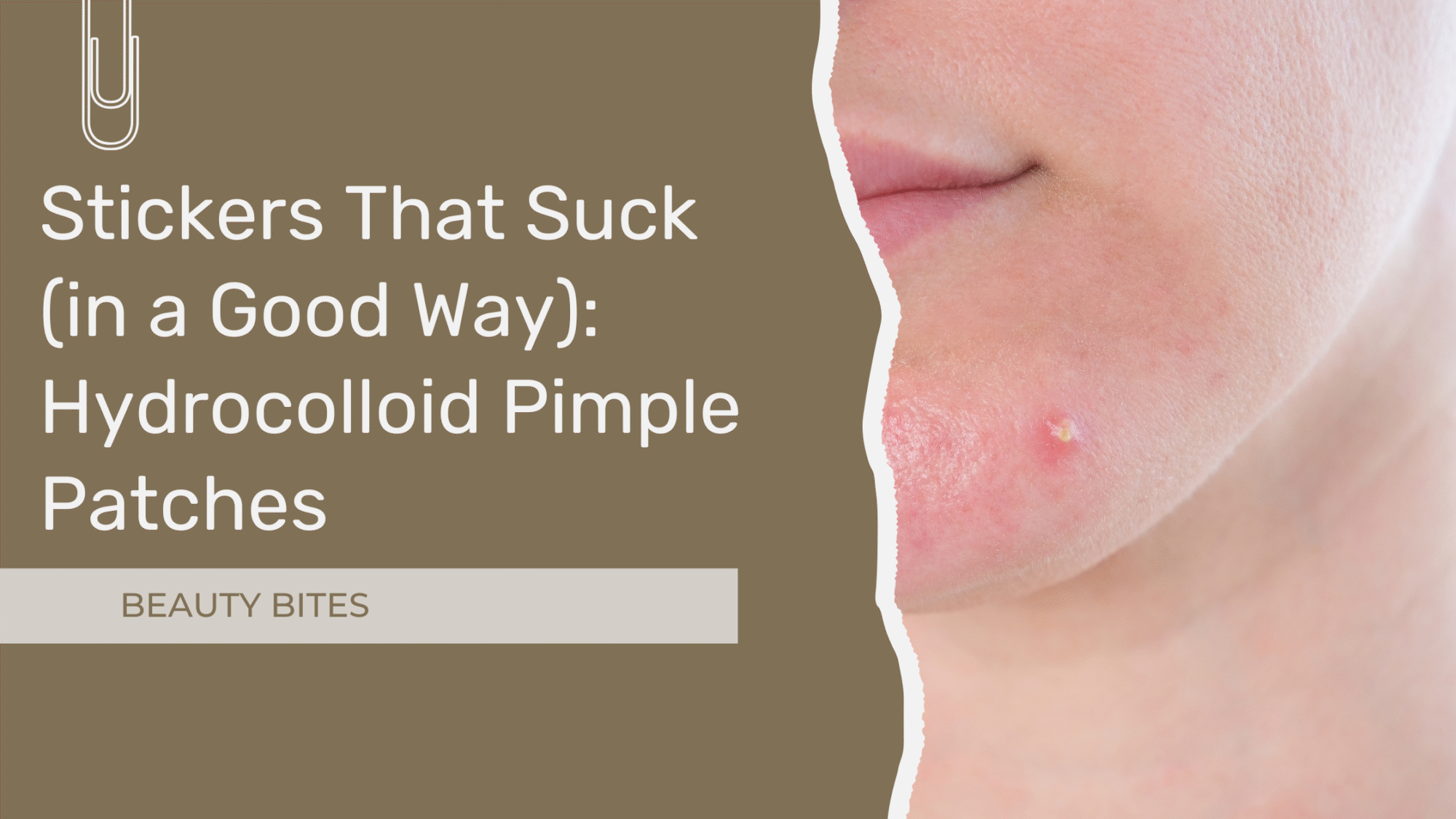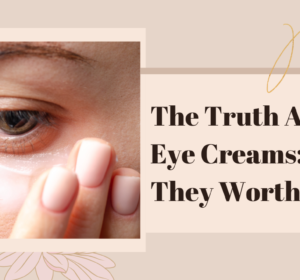If you’ve been navigating the skincare world in recent years, you’ve probably heard of hydrocolloidal patches. These little patches have become a staple for acne treatment, but their uses extend beyond just pimples. Hydrocolloid patches are gaining popularity for their ability to treat blemishes, protect skin from irritation, and even help with post-surgical healing. But what exactly are these patches, how do they work, and do they really live up to the hype? Let’s dive in and explore the science behind hydrocolloidal patches and their effectiveness in skincare.

What Are Hydrocolloidal Patches?
Hydrocolloidal patches are small, adhesive dressings made of a gel-like material that is designed to absorb fluids, such as pus and oil, from the skin. These patches were originally used in wound care to help promote healing by keeping the wound moist and protected from bacteria. However, over time, the beauty industry adapted them for use in acne treatments and other skincare needs.
The primary component of hydrocolloid patches is a gel made from natural substances like pectin and carboxymethylcellulose. This gel forms a barrier that traps moisture and contaminants, which helps the skin heal faster. The patch adheres to the skin and creates a protective layer, which can also reduce the temptation to pick or squeeze blemishes, a habit that can often worsen acne.
How Do Hydrocolloidal Patches Work?
Hydrocolloid patches work by absorbing excess fluid from acne spots, reducing inflammation, and speeding up the healing process. The patch acts like a sponge, drawing out oil, pus, and other impurities from the affected area. It helps to create an optimal healing environment by preventing further irritation and protecting the skin from dirt, bacteria, and environmental pollutants.
The adhesive nature of hydrocolloid patches also means they stick firmly to the skin, creating a seal around the blemish, which helps to prevent touching or squeezing. By keeping the affected area covered, the patch helps reduce exposure to external elements and provides a sterile environment that promotes faster recovery.

Benefits of Hydrocolloidal Patches
Hydrocolloid patches are touted for a variety of benefits, making them a popular treatment option for acne and other skin concerns. Here are some of the key benefits:
Promotes Faster Healing:
By drawing out impurities and fluids, hydrocolloid patches help accelerate the healing process of pimples and other blemishes. They help to reduce the duration of acne outbreaks and minimise the appearance of acne marks.
Reduces Inflammation:
The patch creates a moist healing environment that soothes the skin and helps reduce inflammation and redness associated with acne.
Prevents Picking and Scarring:
One of the most frustrating aspects of acne is the temptation to pick at blemishes, which can lead to scarring and worsening of the breakout. Hydrocolloid patches cover and protect the pimple, reducing the urge to pick and allowing the pimple to heal naturally.
Protects from External Factors:
These patches create a barrier that shields blemishes from dirt, bacteria, and environmental factors that could further irritate the skin.
Discreet and Easy to Use:
Hydrocolloid patches are often clear or flesh-toned, making them subtle and easy to wear throughout the day or night. They’re ideal for spot treatment and can be worn while going about daily activities.

Are Hydrocolloid Patches Effective for Acne?
Yes, hydrocolloid patches can be effective for treating acne, especially for pustules (acne filled with pus) and whiteheads. These types of blemishes tend to have excess fluid and can benefit from the absorbing properties of hydrocolloid patches.
When applied to a pimple, the patch helps to draw out the fluid, flatten the pimple, and reduce its size. It also helps to keep the area clean and protected, allowing the skin to heal without interference. However, they are not as effective on cystic acne (deep, inflamed pimples under the skin) or blackheads, as these don’t produce the same amount of fluid that the patches are designed to absorb.
How to Use Hydrocolloid Patches for Best Results
To get the most out of hydrocolloid patches, follow these steps:
Cleanse Your Skin:
Start by cleansing the affected area with a gentle cleanser. Make sure the skin is dry before applying the patch to ensure it adheres well.
Apply the Patch:
Place the patch directly over the blemish, ensuring it covers the entire pimple. Press down gently to secure the patch in place.
Leave It On:
Leave the patch on for several hours, or overnight for best results. You can also wear it during the day, but make sure it stays adhered to the skin.
Remove and Replace:
Once the patch has absorbed the fluid and the pimple appears flatter, gently peel off the patch. If the blemish isn’t fully healed, you can reapply a new patch for continued treatment.

Do Hydrocolloid Patches Have Any Drawbacks?
While hydrocolloid patches are generally safe and effective, they may not be suitable for everyone. Here are a few things to consider:
Not Suitable for All Types of Acne:
As mentioned, hydrocolloid patches are best for pustules and whiteheads. They won’t work on blackheads or cystic acne, which require different treatment methods.
Skin Sensitivity:
Some people may have sensitive skin or an allergic reaction to the adhesive, leading to redness or irritation. Always test a patch on a small area of skin before using it on a larger blemish.
Aesthetic Appearance:
While many patches are clear, some can still be noticeable, especially on larger blemishes. If you’re using them during the day, they might not be as discreet as other acne treatments.

COSRX Master Patch Original Fit
COSRX Hydrocolloidal Patches are my favourite, even after trying different brands. They’re ultra-thin, discreet, and really help pimples heal faster while reducing redness.
Conclusion
Hydrocolloid patches are a simple, effective solution for treating acne and blemishes. They work by absorbing excess fluid, reducing inflammation, and creating a protective barrier that accelerates the healing process. While they may not work for every type of acne, they can be particularly helpful for pustules and whiteheads.
These patches are easy to use, discreet, and offer a great alternative to more aggressive acne treatments. Whether you’re looking for a quick fix or a more natural way to treat blemishes, hydrocolloid patches are definitely worth trying.


Bear in mind that some of the links in this post are affiliate links and if you go through them to make a purchase I will earn a commission. Keep in mind that I link these companies and their products because of their quality and not because of the commission I receive from your purchases. The decision is yours, and whether or not you decide to buy something is completely up to you.



